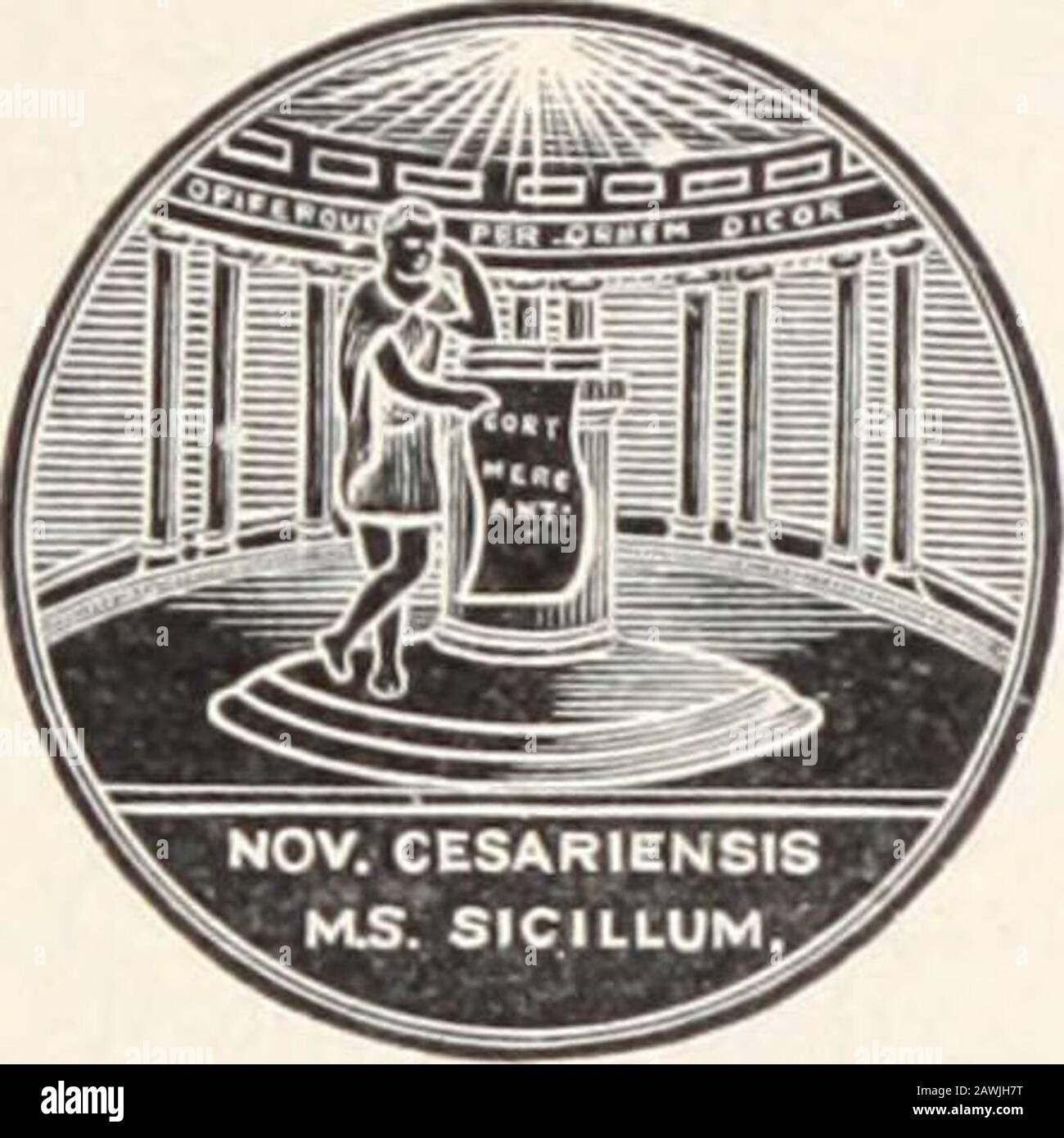Journal of the Medical Society of New Jersey . pilepsies, some forms of insan-ity and an indefinite number of conditions moreor less loosely classed under the terms neuras-thenia and hysteria. That chlorosis may be an end result of copro-stasis or may depend upon a congenital enypo-plasia of the heart and arteries, as asserted byYirchow, Grawitz does not deny. He acknowl-edges a multiplicity of possible causes, but stout-ly maintains that the basic lesion is a nervousderangement tending, generally speaking, towardspontaneous recovery. Dr. Cabots faithful editorial work is especiallyto be comme

Image details
Contributor:
The Reading Room / Alamy Stock PhotoImage ID:
2AWJH7TFile size:
7.2 MB (279 KB Compressed download)Releases:
Model - no | Property - noDo I need a release?Dimensions:
1581 x 1581 px | 26.8 x 26.8 cm | 10.5 x 10.5 inches | 150dpiMore information:
This image is a public domain image, which means either that copyright has expired in the image or the copyright holder has waived their copyright. Alamy charges you a fee for access to the high resolution copy of the image.
This image could have imperfections as it’s either historical or reportage.
Journal of the Medical Society of New Jersey . pilepsies, some forms of insan-ity and an indefinite number of conditions moreor less loosely classed under the terms neuras-thenia and hysteria. That chlorosis may be an end result of copro-stasis or may depend upon a congenital enypo-plasia of the heart and arteries, as asserted byYirchow, Grawitz does not deny. He acknowl-edges a multiplicity of possible causes, but stout-ly maintains that the basic lesion is a nervousderangement tending, generally speaking, towardspontaneous recovery. Dr. Cabots faithful editorial work is especiallyto be commended. In some instances his frankcontradictions of the statements in the text areamusing as well as instructive. The printing, binding and proof-reading of this book are allthat could be desired and an excellent index ofauthors and of subjects has been added. This set of translations promises to be a mostwelcome addition to medical literature. R. C. N. >5 Journal of The Medical Society of New Jersey Published onthe First Day of Every Month.. Under the Directionof the Committee on Publication. Vol. Ill—No. 5. ORANGE, N. J., NOVEMBER, 1906. Suh&eCoiilf, °25V^ntt?r- THE SURGICAL TREATMENT OFGASTROPTOSIS.* By Henry D. Beyea, M. D., Philadel-phia, Pa. Associate in Gynecology, University of Pennsyl-vania; Associate Surgeon, Gynecean Hos-pital; Assistant Gynecologist, University o. Pennsylvania. Four years ago I had the pleasuie of pre-senting before this society the subject ofgastroptosis and described to you an orig-inal method of surgical treatment, the eleva-tion of the stomach by the plication of thegastro-hepatic and gastro-phrenic liga-ments. At that time the surgical treatmentof this condition was little recognized andhad been practiced in but a few cases, thenmostly experimentally. It is my purposenow to place before you the results of myfurther study and a wider experience in thesurgical treatment. Within the last few years the diseases ofthe stomach have come to be looke